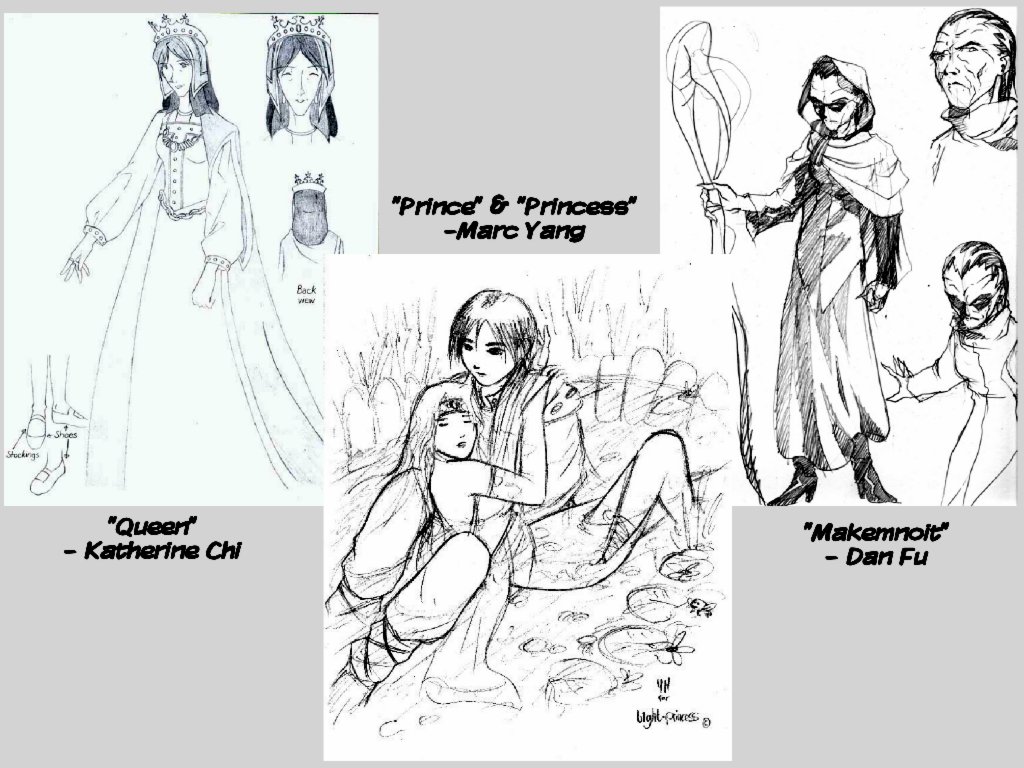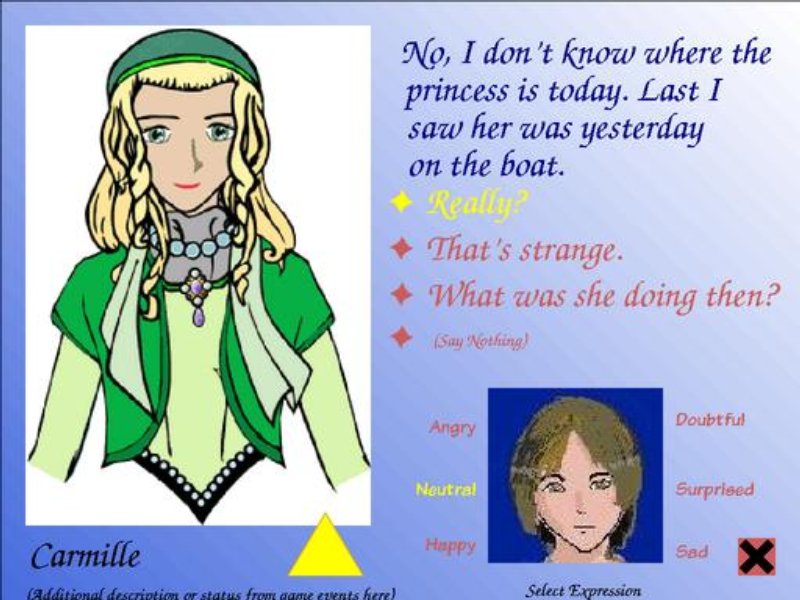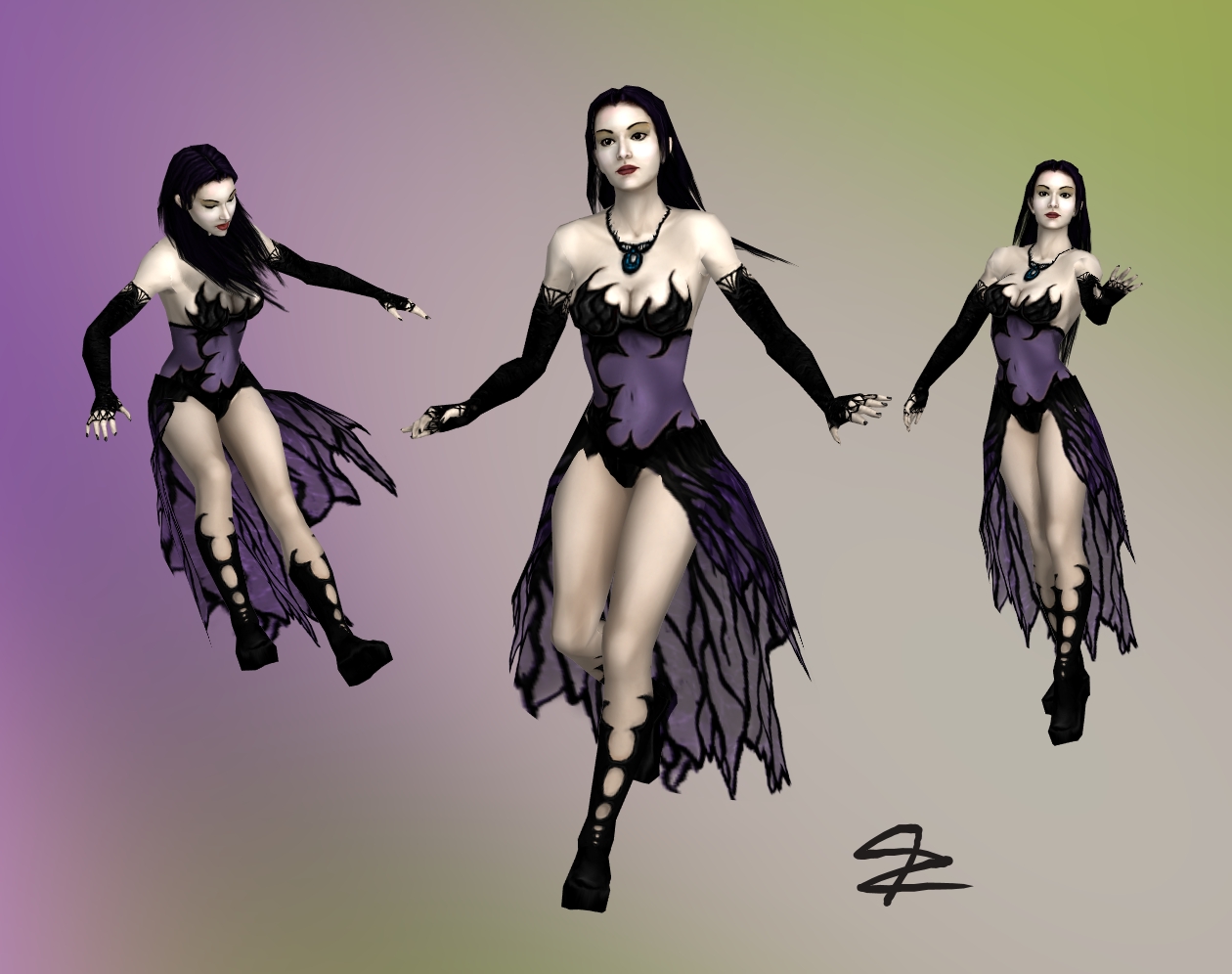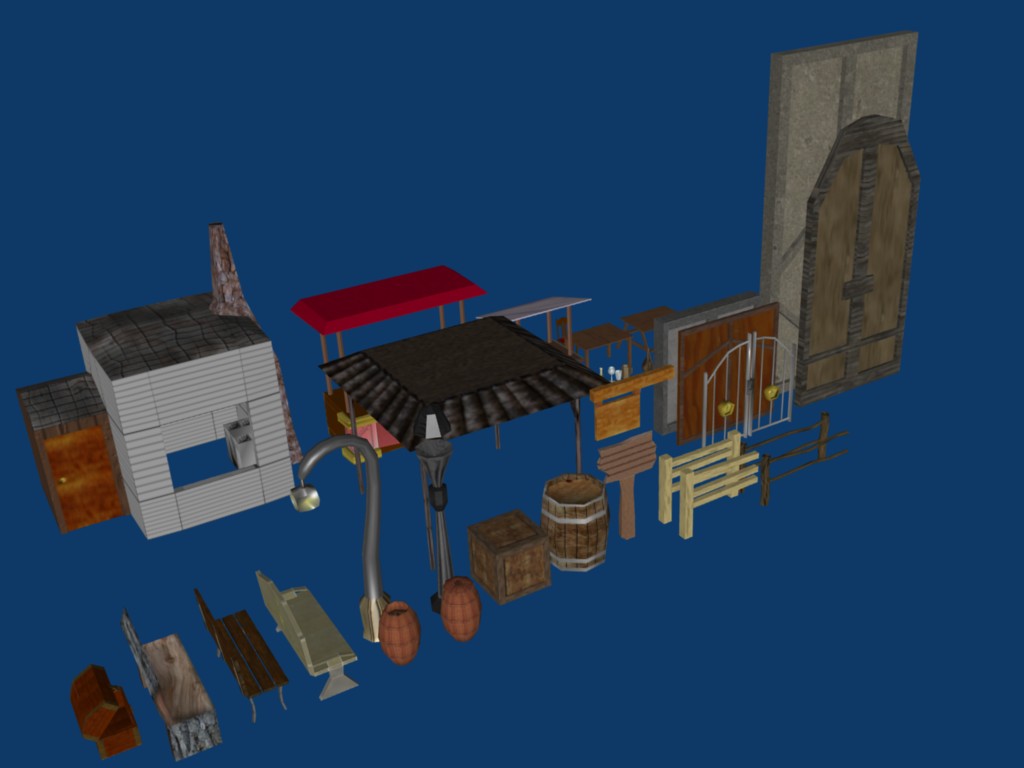Today I happened upon a site I really, really wish had been there in 2000 when I started my own game project. Free software games often suffer from poorly-executing graphics, simply because it's a real challenge coordinating both the artistic and software needs of a project. Few developers are good at both, and so it makes sense to accumulate commonly-needed elements in one place.
My adventure with finding free-licensed graphics began in 2000, when I started a game project, called The Light Princess as my first serious attempt at producing a piece of free software. One thing unique about the project was that I approached it "art first" -- developing game resources long before there was a completed game engine. Sadly, this turned out not to be the path to success at producing a game, but it was a very educational experience.
An "art first" game
The artistic production values of most free software games, were often rather low (this is not nearly as true today as it was in 2000). I asked some developers why they thought this was so, and the answer I got was that artists weren't as willing to contribute their works to free projects as programmers were.
Naturally, I took that as a challenge.

I started from the premise that, if art was the hard part, we should start with it first. So, we began by looking for a story to tell and an artistic style to tell it in. My wife suggested our story: a short "fairy tale without fairies" by George MacDonald, known today as one of the main influences on J.R.R. Tolkien, but who is a very powerful fantasy storyteller in his own right. Importantly for our project, he wrote his stories in the middle of the 19th century, so they are all in the public domain, and indeed, all of his fantasy stories can be found in the Project Gutenberg archive.
"The Light Princess" is not MacDonald's most famous work, but it had two very important qualities: humorous, tongue-in-cheek storytelling that seemed to fit the adventure game genre and a lot of puzzles-solving
"The Light Princess" is not MacDonald's most famous work (that would probably be "The Princess and the Goblin"), but Rosalyn felt that it had two very important qualities to form the basis of our game: humorous, tongue-in-cheek storytelling that seemed to fit the adventure game genre and a lot of puzzle-solving (although we knew from the beginning that our game would probably need to have additional puzzles written for it). Although, she'd never written for interactive fiction, she felt she'd be able to handle the job.
We decided that our best bet for artistic style was to take advantage of the growing wave of amateur fan artists drawing in a style inspired by Japanese manga, which was just beginning its North American invasion in 2000 (that certainly turned out to be a good pick: manga has already entered US mainstream culture as I write this in 2009). One thing I knew is that there were lots of online gathering places for such artists, and that if I wanted artists for a free software game, I would need to come to them, not expect them to happen across my Sourceforge project.
If I wanted artists for a free software game, I would need to come to them, not expect them to happen across my Sourceforge project
So, I joined a dozen or so online art forums, and started trawling for promising character artists. I visited personal sites, emailed the authors, and posted in both English and French (because actually, the manga craze hit France sometime earlier than it hit the US, and so French sites were a particularly rich place to look for talent). Of course, I didn't get a lot of response. Many people never responded, some simply weren't interested in doing work on a free software project, and so on. But four artists did respond, and we set to work on designing characters.
Where are the programmers?
Ironically, I discovered that it's just as hard for an art project to find interested programmers as it is for a programming project to find interested artists. We had a lot of ideas for a game engine, but we never actually got one that satisfied our requirements, and I was not (then, at least) capable of writing it myself. This turned out to be the demise of The Light Princess project.

Of course, the artists eventually lost interest and left the project and so it stalled. Two of them were teenagers then. By now, they are probably engaged in their own careers and very well might not have time for a free game project.
Bits and pieces
Since then, I've kept my eyes and ears open for any developments that might help give The Light Princess a new start, or indeed help new game projects succeed much better.
One thing that really does help is to de-couple the problems of coordinating game artistic design and game engine development.
The Libre Games Wiki, and of course, general-purpose free software repositories like Sourceforge and Freshmeat have done a good job for game engines and related software.
Also, sites like CC Mixter and especially Jamendo have proved useful for finding appropriately-licensed music.
OpenGameArts.org
Until recently, though, game graphic arts have continued to be awkward. There have been collection sites online for things like game sprites, but the licensing has been very erratic, non-existent, or even fraudulent (leaving the would-be user to try to decipher "license grants" like "thz my own, free 2 use, K THX?" scribbled into an image margin of images which might be original or might just be ripped from some commercial game -- who knows?).

This is the hole that a site like Open Game Art fills: it collects in a Drupal-based CMS 2D artwork and 3D computer models of game elements: characters, props, and even settings (there is a collection of "castle parts", for instance). Although, the collection is still small (the site started earlier this year), some of the contributed art is top-notch.
In addition to soliciting contributions from the community, the site developer has also set up a donation system which he uses to commission art for the site.

Having such a pool of resources available to game developers will make it much easier to get over that first hurdle of getting a playable game, as well as making it possible to develop entire small games using free resources. This will make it easier for games to reach a "critical mass" where they can attract contributions on their own. Also, I think having cool graphics to work with will probably inspire developers who might otherwise not even consider launching a game project.
In retrospect, it's probably the project I "should've" started if I wanted to challenge the game arts problem. As it stands, now I don't have to, and instead I hope to be able both to contribute to the site and to make use of it.